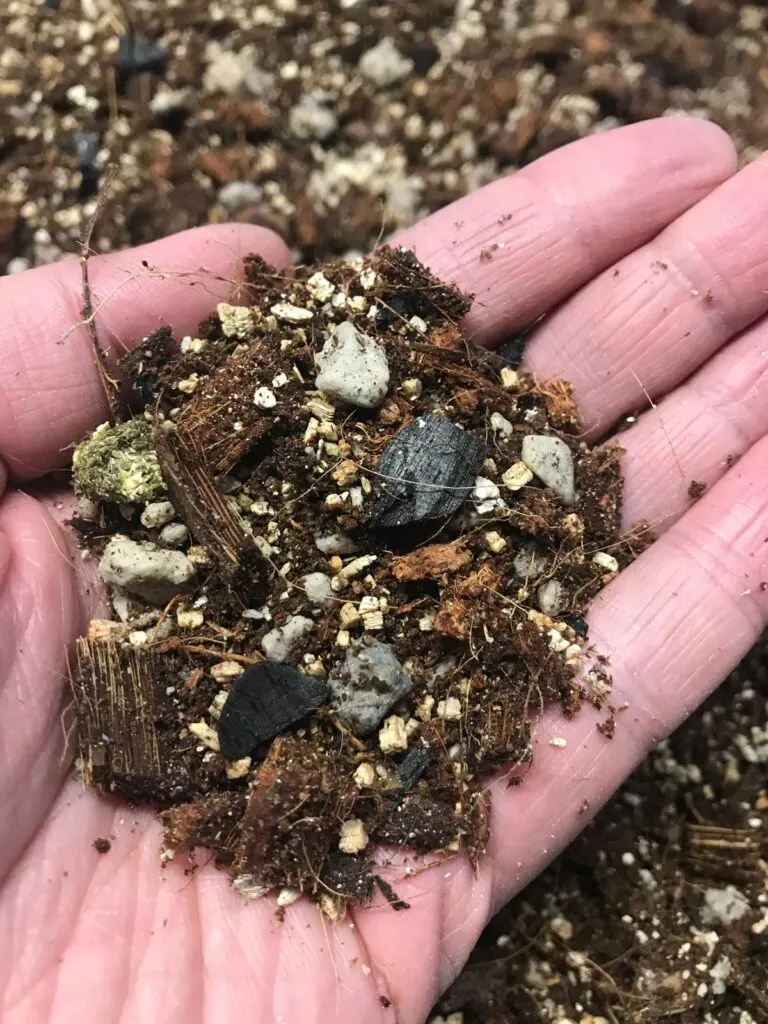Can you the grow Easter cactus Outdoors?
The Easter Cactus is a popular indoor plant renowned for its beautiful blooms and relatively easy care requirements. Native to the tropical rainforests of Brazil, the Easter Cactus has adapted to life as an epiphyte, growing on other plants rather than in soil. Given its origins and preferences, many plant enthusiasts wonder whether the Easter Cactus can thrive outdoors.

Growing Conditions
Climate
The Easter Cactus prefers a temperate climate with high humidity and indirect light, similar to its natural habitat. When considering growing it outdoors, the following conditions should be met:
- Temperature: The ideal temperature range for the Easter Cactus is between 50°F (10°C) and 75°F (24°C). It is not frost-tolerant and should be protected from temperatures below 45°F (7°C).
- Humidity: This cactus prefers high humidity, typical of tropical environments. It may struggle in dry climates unless humidity can be artificially maintained.
- Light: While it enjoys bright, indirect light, it should be shielded from direct sunlight, which can scorch its leaves.
Location
If you live in USDA hardiness zones 10-12, the Easter Cactus can potentially be grown outdoors year-round. In other zones, it may only be suitable for outdoor growth during warmer months. Ideal locations include:
- Shaded Gardens: Plant it under trees or in areas where it receives dappled sunlight.
- Porches or Patios: These can offer protection from direct sun and provide the necessary humidity.
- Greenhouses: A controlled environment where temperature and humidity can be regulated.
Care Requirements
Soil
Easter Cactus prefers well-draining soil, similar to orchid mixes. If planting outdoors, ensure the soil is rich in organic matter and provides excellent drainage.
Watering
Regular watering is essential, especially during the growing and blooming seasons (spring and summer). The soil should be kept slightly moist but not soggy. In cooler months, reduce watering to prevent root rot.
Fertilizing
Use a balanced, water-soluble fertilizer every month during the growing season. Avoid fertilizing in the winter months when the plant is dormant.
Seasonal Considerations
Spring and Summer
During these warmer months, your Easter Cactus can thrive outdoors if the conditions align with its needs. Ensure it is protected from extreme heat and direct sunlight.
Fall and Winter
In regions with colder temperatures, bringing the Easter Cactus indoors before the first frost is crucial. Consider placing it in a bright, humid room or using a humidifier to replicate its preferred environment.
Potential Challenges
Pests and Diseases
Outdoors, the Easter Cactus may be more susceptible to pests like mealybugs, aphids, and spider mites. Regular inspection and organic pest control measures can help manage these issues.
Environmental Stress
Sudden changes in temperature, light, or humidity can stress the plant, causing bud drop or leaf damage. Gradually acclimate the plant to outdoor conditions to minimize stress.
Conclusion
The Easter Cactus can indeed grow outdoors if the conditions closely mimic its natural habitat. This means providing a temperate climate, high humidity, indirect light, and well-draining soil. In regions where these conditions are met, the Easter Cactus can be a delightful addition to outdoor gardens, patios, or greenhouses. However, in areas with colder climates or less humidity, it is best to grow the Easter Cactus outdoors only during favorable seasons and bring it inside during adverse conditions. With proper care and attention, your Easter Cactus can thrive and bloom beautifully in an outdoor setting.
